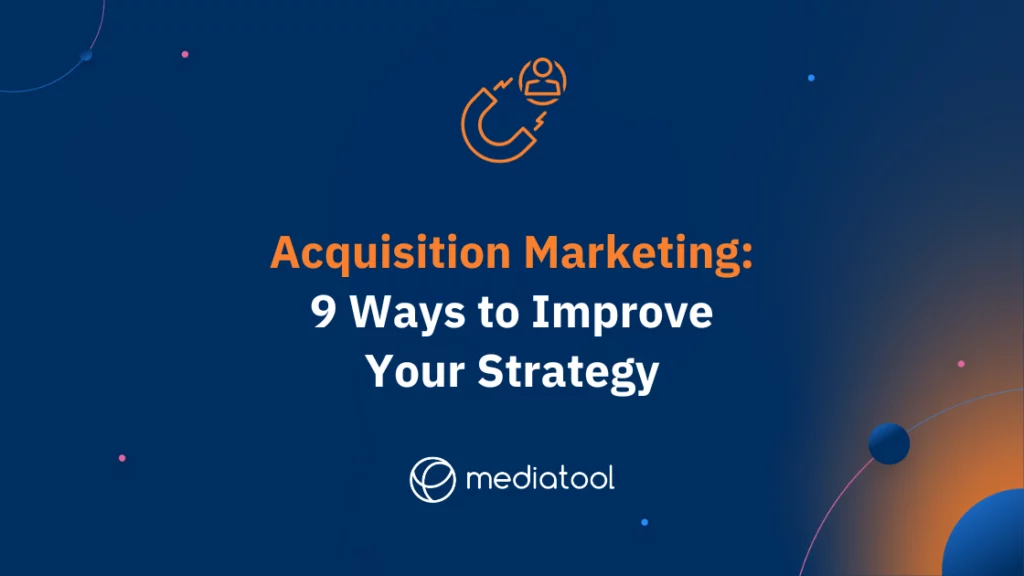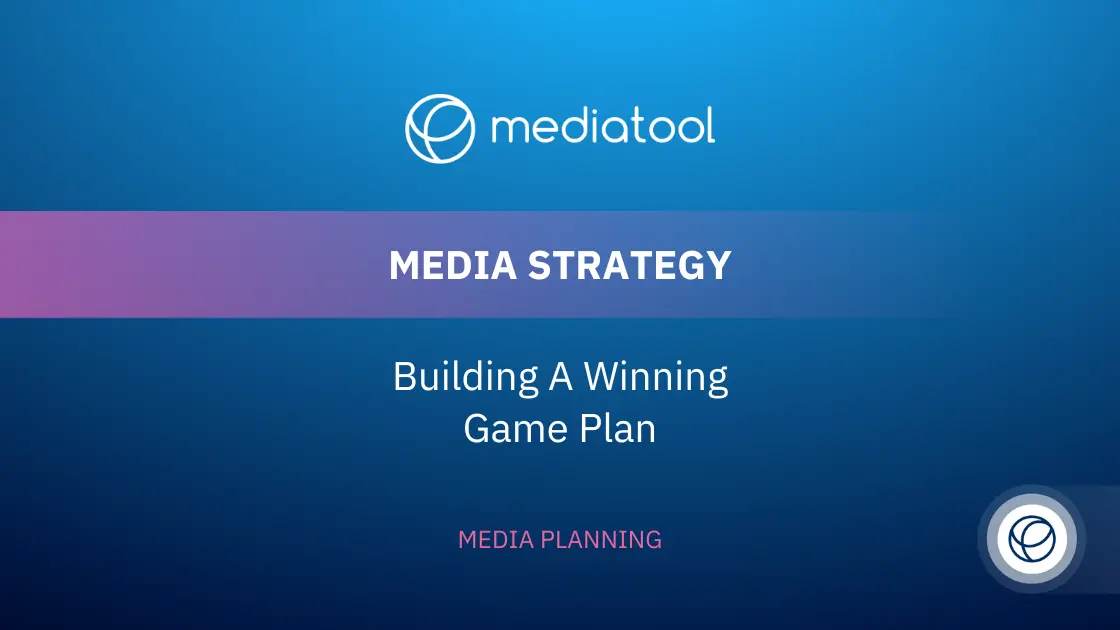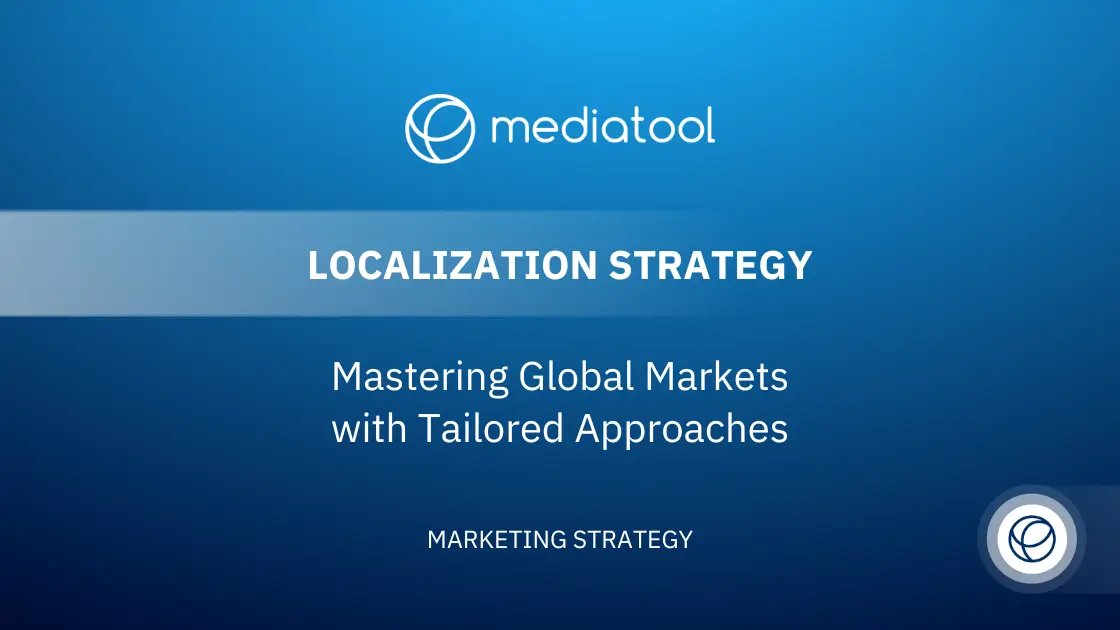Acquisition marketing is a key part of any successful strategy and essential for growing and scaling your business.
Focused on a growth mindset, it will help attract new customers, increase revenue and will aid in helping your business improve both brand recognition and reputation.
Acquisition marketing can help you stay ahead of your competitors by identifying and targeting new customer segments and staying up to date with the latest trends and marketing techniques.
In this article, we’ll cover all the fundamentals of acquisition marketing and look at nine ways to improve your strategy to reach new audiences and generate more customers.
Let’s get into it.
What is Acquisition Marketing?
Acquisition marketing is a multifaceted approach aimed at attracting new customers and guiding them through the customer acquisition funnel.
This strategy encompasses various marketing channels, including advertising, content marketing, PR, social media, email marketing, and search engine optimization.
The goal is to reach the target audience effectively, turning potential customers into paying customers.
Key components of acquisition marketing strategy involve managing marketing costs efficiently while maximizing customer lifetime value. This includes a focus on both acquiring new customers and ensuring customer retention.
Customer acquisition cost is a critical metric, guiding decisions on allocating marketing spend across various acquisition channels such as paid search marketing, organic social media, and direct to consumer initiatives.
Customer service teams and sales teams play crucial roles in converting new leads into satisfied, loyal customers.
The marketing efforts also involve creating high-quality content that resonates with the target consumers, using data-driven insights to tailor the buying process.
Efficient acquisition marketing strategies consider the entire organization’s role in acquiring new customers, from initial contact through search engines and social media platforms to the final stages of the sales funnel.
This approach ensures a comprehensive understanding of the customer base, enhancing the ability to attract and retain more customers.
Successful acquisition marketing campaigns are a blend of innovative tactics and thorough analysis of customer data, driving the growth of fast-growing businesses.
Why Is Acquisition Marketing Important?
Driving Growth in Fast-Growing Businesses
Acquisition marketing is an essential strategy, particularly for fast-growing businesses such as startups and SMBs aiming to scale.
This approach focuses on acquiring new customers through a variety of channels, including social media, email marketing, and search engine optimization.
By consistently attracting new customers, businesses can sustain and potentially increase their revenue and profitability.
Expanding Market Reach and Share
A core benefit of acquisition marketing lies in its ability to expand a company’s reach. By targeting potential customers, businesses can gain a larger market share and enhance their competitive stance.
Utilizing diverse acquisition channels, such as paid search marketing and organic social media, allows for reaching a broader target audience and new leads, ultimately driving more customers into the sales funnel.
Enhancing Customer Retention and Loyalty
While focusing on acquiring new customers, acquisition marketing also plays a crucial role in building a loyal customer base. This strategy not only targets new audiences but also contributes to improving customer retention.
Engaging marketing efforts and quality content are instrumental in transforming first-time buyers into repeat customers.
Optimizing Marketing Costs and Maximizing Value
Efficient acquisition marketing strategies involve carefully managing marketing costs while striving to maximize customer lifetime value.
Keeping track of customer acquisition costs is vital in evaluating the effectiveness of different marketing efforts. By dividing marketing costs across various acquisition channels, businesses can optimize their marketing spend, ensuring a higher return on investment.
Integrating Across the Organization
Acquisition marketing requires coordination across the entire organization, including customer service teams and sales teams. This integrated approach ensures that potential and current customers experience a seamless buying process, from initial contact through search engines and landing pages to the final sales conversion.
The collective efforts of marketing teams in creating content, conducting keyword research, and utilizing referral programs contribute to acquiring new customers and retaining satisfied customers.
Differentiating From Competitors
Acquisition marketing is not just about attracting any customers; it’s about targeting the right ones through precise customer acquisition strategies and campaigns.
By understanding the buyer personas and tailoring marketing strategies accordingly, businesses can differentiate themselves from competitors. This involves not only acquiring new customers but also nurturing existing customers, thus balancing customer acquisition and retention efforts.
Brand Awareness vs. Acquisition Marketing
Acquisition marketing is distinct from strategies that primarily focus on retaining existing customers, promoting specific products or services, or generating brand impressions.
It stands apart by targeting new audiences and turning them into paying customers through various acquisition channels such as paid advertising, email marketing, and search engine optimization.
Acquisition Marketing: Gaining New Customers and Growing Base
Acquisition marketing is centered on expanding the customer base of a business. This involves creating targeted campaigns and initiatives specifically designed to attract potential customers and convert them into a loyal customer base.
Critical aspects of this customer acquisition strategy include managing customer acquisition costs, optimizing the customer acquisition funnel, and utilizing effective customer acquisition strategies.
These efforts are focused on achieving the short-term goal of acquiring new customers, often leveraging key channels like paid search marketing, social media platforms, and direct-to-consumer tactics.
Brand Awareness: Building Visibility and Recognition
In contrast, brand awareness aims to enhance the visibility and recognition of a brand among its target audience. This long-term strategy focuses on establishing a strong, consistent brand image and employing various tactics to disseminate the brand’s message widely.
Techniques often used in brand awareness campaigns include social media marketing, content marketing, and public relations. These efforts contribute to a deeper connection with both potential and current customers, aiding in customer retention and building a base of repeat and loyal customers.
Synergizing for Comprehensive Growth
While acquisition marketing zeroes in on acquiring new customers, brand awareness is dedicated to nurturing and expanding the brand’s presence.
Both strategies are vital for a business’s growth, with acquisition marketing boosting the number of new customers and brand awareness ensuring a solid, recognizable presence in the market.
The specific blend of these strategies depends on the business’s goals, target consumers, and overall marketing plan, and requires the collaboration of the entire organization, from marketing teams to customer service teams, to ensure a cohesive approach towards achieving these objectives.
Key Channels for Acquisition Marketing
Acquisition marketing leverages a variety of channels to effectively reach and engage potential customers. The optimal mix of these channels is contingent on your specific business objectives and target audience.
Key channels include:
Search Engine Optimization (SEO):
This involves optimizing your website and content to rank higher in search engine results, enhancing visibility to your target consumers and driving organic traffic.
Email Marketing:
A powerful tool for direct communication, email marketing allows personalized engagement with potential and existing customers, fostering relationships that can lead to conversions.
Paid Advertising:
Utilizing paid ads across various platforms, including search engines and social media, can significantly boost your reach to new audiences and facilitate lead generation.
Social Media Marketing:
Engaging with potential customers on social media platforms is crucial for brand visibility and interaction. This channel is effective for both organic and paid outreach efforts.
Content Marketing:
Creating and sharing high-quality content that resonates with your target audience helps in establishing brand authority and trust, contributing to customer acquisition.
Public Relations (PR):
PR strategies enhance your brand’s reputation and presence in the market, aiding in acquiring new customers through increased brand credibility and exposure.
Referral Marketing:
Encouraging satisfied customers to refer new customers leverages word-of-mouth and trust, often resulting in a higher conversion rate and effective customer acquisition.
Each of these channels plays a unique role in your overall acquisition marketing strategy, and their effectiveness can vary based on factors like your industry, target market, and specific marketing goals.
The right combination of these channels can significantly enhance your ability to attract and convert new customers, thus driving the growth of your business.
9 Ways to Improve Your Acquisition Marketing Strategy
Here are nine ways to improve your acquisition marketing strategy:
1. Identify your target audience and tailor your messaging to them.
To effectively acquire new customers, you need to understand who they are and what they care about. By identifying your target audience and focusing your messaging on their interests and pain points, you can create marketing campaigns that resonate with them.
2. Use a variety of marketing channels to reach your audience:
Different people consume content in different ways. By using a variety of marketing channels, like email, social media, and ppc advertising, you can reach your target audience where they are and increase the chances of acquiring new customers.
3. Create compelling offers and incentives to encourage customers to buy.
Offers and incentives, like discounts, free trials, and free shipping, can encourage customers to purchase.
4. Optimize your website for conversions.
Your website is often the first point of contact with potential customers, so optimizing it for conversions is essential. By ensuring your website is easy to navigate, has clear calls to action, and loads quickly, you can improve the chances that visitors will become customers.
5. Use customer data and analytics to improve your marketing efforts.
By collecting and analyzing data on customer behavior, you can gain insights into what works and what doesn’t in your acquisition marketing efforts. You can then use this information to optimize your campaigns and improve their effectiveness.
6. Test and iterate on your marketing campaigns.
Marketing campaigns that work well in one industry or for one target audience may work better in others. By testing and iterating your campaigns, you can refine your approach and improve your chances of acquiring new customers.
7. Invest in customer service and support:
Acquiring new customers is only half the battle. To retain them, you need to provide great customer service and support. Investing in customer service and support can improve customer satisfaction and loyalty, leading to increased customer retention and lower customer acquisition costs over time.
8. Use social proof and customer testimonials in your marketing.
Social proof and customer testimonials can be powerful tools in your acquisition marketing efforts. By highlighting the experiences of satisfied customers, you can build trust and credibility with potential customers and increase the chances that they will become customers.
9. Partner with other companies or influencers to reach a wider audience.
Partnering with other companies or influencers can be a great way to get a wider audience and increase your chances of acquiring new customers. By aligning with companies or influencers with a similar target audience, you can gain access to their audience and increase your brand’s visibility.
How To Measure Acquisition Marketing Results
To assess the impact of your acquisition marketing strategies, it’s essential to monitor several crucial metrics. These include:
New Customer Acquisition:
Keep track of the total number of new customers acquired through your marketing efforts. This metric directly reflects the success of your acquisition campaigns in expanding your customer base.
Cost Per Acquisition (CPA):
Measure the average cost incurred to acquire a new customer. This involves dividing the total marketing spend by the number of new customers gained. CPA is a critical metric for understanding the efficiency of your marketing investments.
Return on Investment (ROI):
Calculate the ROI of your marketing activities by comparing the revenue generated from new customers to the marketing spend. This metric helps in evaluating the profitability of your acquisition marketing campaigns.
Customer Lifetime Value (LTV):
Determine the LTV by estimating the total revenue a customer is expected to generate over their relationship with your business. Understanding LTV in relation to CPA provides insights into long-term profitability and customer value.
Additionally, engagement metrics such as conversion rates and click-through rates are vital. These metrics give you a clearer picture of how effectively your campaigns are engaging potential customers and leading them towards making a purchase.
Regular monitoring of these metrics allows you to gauge the effectiveness of your acquisition marketing efforts and identify areas for improvement.
By analyzing these insights, you can fine-tune your strategies to ensure better alignment with your business goals and target audience.
For a precise calculation of your customer acquisition cost, consider utilizing tools like our CAC calculator. This tool can offer a more detailed analysis, helping you make informed decisions about your marketing spend and strategy optimization.
Conclusion: Enhancing Your Business Growth with Acquisition Marketing
As we have explored throughout this article, acquisition marketing is an indispensable strategy for businesses aiming for growth and scalability.
By adopting a growth mindset, this approach not only attracts new customers but also plays a vital role in increasing revenue and enhancing brand recognition and reputation. This strategy is particularly crucial for fast-growing businesses and startups that need to establish a strong foothold in the market.
Acquisition marketing offers the dual benefit of expanding your customer base and staying ahead of competitors by targeting new customer segments and staying abreast of evolving trends and marketing techniques.
Whether it’s through paid advertising, email marketing, SEO, or other channels, each facet of acquisition marketing contributes to reaching and engaging your target audience more effectively.
The nine ways to improve your acquisition marketing strategy, provide a roadmap for reaching new audiences and generating more customers. From identifying your target audience to utilizing various marketing channels, creating compelling offers, optimizing your website, and using customer data and analytics, each step is integral to enhancing your acquisition marketing efforts.
Remember, acquisition marketing is not a one-size-fits-all solution; it requires a tailored approach that aligns with your business goals, target consumers, and market dynamics. The synergy between acquisition marketing and brand awareness, each addressing different aspects of customer engagement, is crucial for building a comprehensive growth strategy.





